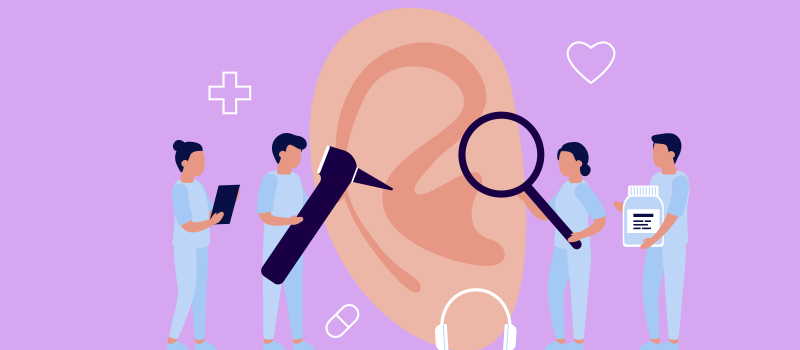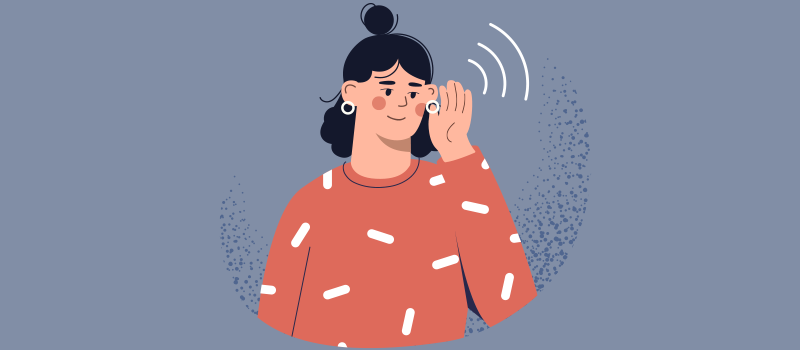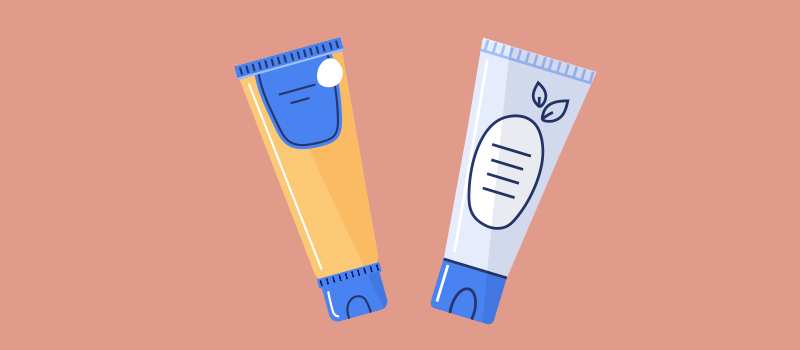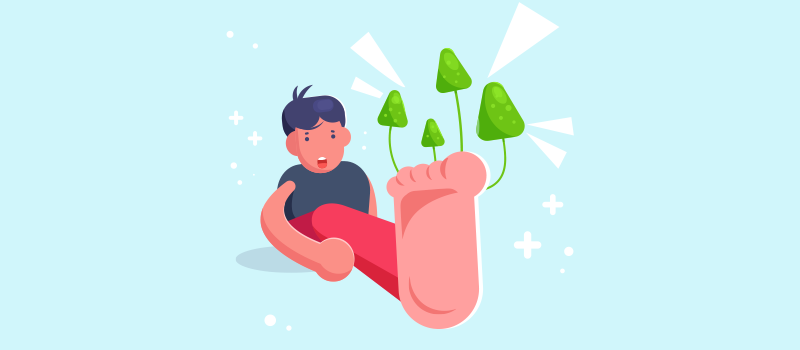What’s the Buzz
The Bee Healthy Blog
25 Unexpected Uses of Hydrogen Peroxide

Hydrogen peroxide (chemical formula H2O2) is widely available and commonly used as a topical antiseptic. It comes in a brown bottle and is used to kill germs and disinfect wounds. Hydrogen peroxide (H2O2) has one extra oxygen atom compared to water (H2O) and looks very similar to water. However, hydrogen peroxide is a versatile chemical with many uses. It can do much more than just disinfect minor cuts and scrapes. This article will describe some surprising uses of hydrogen peroxide.
Should you put hydrogen peroxide on wounds?
Three percent hydrogen peroxide is commonly used to disinfect and clean wounds. It also helps in hemostasis (stopping bleeding) from wounds. However, hydrogen peroxide has not been found to promote wound healing. There are also concerns that hydrogen peroxide, which is a strong oxidizing agent, may kill healthy cells in the wound, including skin cells and immune cells. Also, excessive use of hydrogen peroxide can result in chronic inflammation and delayed wound healing. For these reasons, doctors generally advise against putting hydrogen peroxide on a wound.
If you have a minor cut or scrape, a thorough cleaning of the wound with cold water is recommended, followed by the application of petroleum jelly or antibiotic ointment. You should then cover the wound with an adhesive bandage or sterile gauze pad to protect it. Keep an eye on the wound and contact your doctor if you notice increasing pain, redness, or oozing.
Note: Medical-grade hydrogen peroxide contains 3% hydrogen peroxide and 97% water. It is much more diluted than 35% food-grade hydrogen peroxide. You should not swallow even three percent hydrogen peroxide as it can cause mouth blisters, vomiting, and abdominal distress. Swallowing undiluted hydrogen peroxide can cause severe internal bleeding.
What does soaking your feet in hydrogen peroxide do?
Soaking your feet in hydrogen peroxide can kill any potentially harmful bacteria and foot fungus. It can also help to reduce odor-causing bacteria and soften calluses and corns. If you want to use hydrogen peroxide on your feet, mix one part hydrogen peroxide with three parts warm water. Soak your feet in this solution for 15-20 minutes and then pat dry.
What happens when you mix equal parts hydrogen peroxide and baking soda?
Mixing hydrogen peroxide and baking soda causes a chemical reaction that produces carbon dioxide and certain other chemicals which can cut through soap scum and hard water stains. This mixture can therefore be used to clean anything from bathroom tiles to cooking utensils.
Note: A mixture of hydrogen peroxide and baking soda should never be stored in a closed container because it can explode due to the buildup of carbon dioxide.
What happens when you mix hydrogen peroxide and vinegar?
When you mix hydrogen peroxide and white vinegar, it produces a corrosive acid called peracetic acid that can damage your skin, eyes, nose, throat, and lungs at high concentrations. If you want to use these two chemicals as household cleaners, you can use them separately but never together.
What are some other uses for hydrogen peroxide?
Personal hydrogen peroxide uses include:
1. Disinfecting wounds.
2. Disinfecting feet.
3. Reducing bacteria in the mouth if you have canker sores. Mix equal parts hydrogen peroxide and water and dab it on the canker sore with a cotton ball twice a day. You can also use diluted hydrogen peroxide as a mouth rinse.
4. Disinfecting the oral and nasal cavities if you have symptoms of respiratory illnesses like COVID-19. Use half a cup of three percent hydrogen peroxide to gargle or use it as a nasal spray.
5. Removing buildup of earwax and treating ear infections. Put your head to the side and place a few drops of 3% hydrogen peroxide in the affected ear with a plastic dropper or syringe. Leave it in for 1 minute and then tip it out on a tissue.
6. Whitening discolored teeth with a homemade toothpaste. Use hydrogen peroxide and baking soda in a 2:1 ratio.
7. Whitening discolored nails. Add a few drops of hydrogen peroxide to warm water and apply to your nails with or without baking soda.
8. Lightening colored hair. Make a paste of hydrogen peroxide and baking soda, apply to wet hair, and leave it in for 30 minutes.
Three percent hydrogen peroxide also works well as a household cleaning solution. Here are some uses of hydrogen peroxide:
1. Soaking beauty tools like eyelash curlers, foot files, and tweezers in hydrogen peroxide to disinfect them.
2. Rinsing toothbrushes and mouthguards in hydrogen peroxide to disinfect them. Make sure you rinse clean with water before using them.
3. Disinfecting a kitchen sponge with hydrogen peroxide can deep clean and kill bacteria like E. coli and Salmonella. Use half hydrogen peroxide and half hot water.
4. Spritzing hydrogen peroxide from a spray bottle to disinfect your cutting board, reusable grocery bags, and the inside of your refrigerator. Wipe dry with a paper towel afterwards.
5. Removing stains from ceramic cookware, dissolving burnt food on bakeware, cleaning bathroom tiles and tubs, and whitening mildew-stained grout with a paste of hydrogen peroxide and baking soda.
6. Removing stains from marble countertops with a paste of hydrogen peroxide and flour. Apply the pasty mixture to the stain, cover it with plastic wrap, and leave it to sit overnight.
7. Cleaning your shower curtain, toilet brush, and toilet bowl with equal parts peroxide and water to keep them sanitized.
8. Spraying hydrogen peroxide on a lint-free cloth to clean your mirror and leave it looking nice and shiny. Mix equal parts peroxide and water.
9. Adding half a cup of hydrogen peroxide to your wash cycle to whiten your whites.
10. Getting rid of unsightly arm-pit stains from sweat on your clothes. Apply hydrogen peroxide and baking soda, work it in with a soft brush, and allow it to sit for 20-30 minutes or until the stain disappears or fades.
11. Using undiluted hydrogen peroxide to remove blood stains and other organic stains.
12. Using a mixture of liquid detergent or dishwashing detergent (dish soap) with hydrogen peroxide in a ratio of 2:1 as an effective stain remover. This mixture can remove wine stains, food stains, and grass stains from your laundry.
13. Running your humidifier for half an hour with two parts hydrogen peroxide and one part water to keep it clean. Add an essential oil for a nice aroma.
14. Mixing one cup of hydrogen peroxide with one cup of water and spraying on your mattresses to kill dust mites. Allow the mattresses to air dry completely and then remake your bed with clean linen.
15. Using it to disinfect your kids’ and pets’ toys. Spray hydrogen peroxide to kill germs and lingering bacteria without using harsh chemicals.
16. Mixing one part hydrogen peroxide with four parts water and using it to fertilize indoor and outdoor plants. Make half a bottle and use it immediately. Do not store the mixture.
17. Sanitizing gardening tools with hydrogen peroxide prevents the spread of funguses, insects, and other plant diseases among your plants.
References:
- https://www.ncbi.nlm.nih.gov/pmc/articles/PMC5768111/
- https://www.houstonmethodist.org/blog/articles/2022/jun/should-you-put-hydrogen-peroxide-on-a-cut-or-scrape/#
- https://health.clevelandclinic.org/what-is-hydrogen-peroxide-good-for/
- https://www.ncbi.nlm.nih.gov/pmc/articles/PMC7308628/
- https://eyeandear.org.au/patients-visitors/fact-sheets/hydrogen-peroxide-for-ear-infections-wax/











SOCIAL